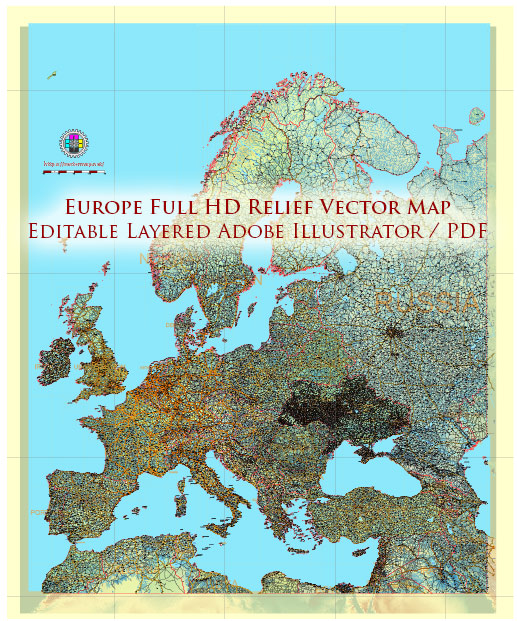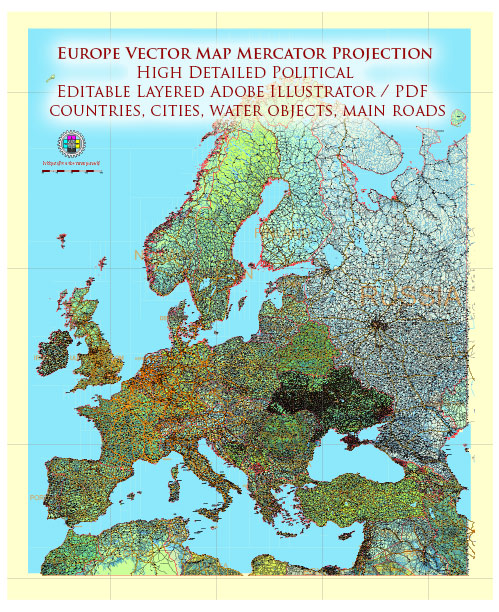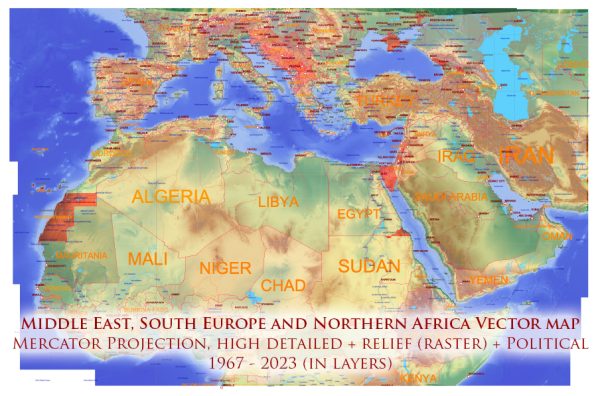Europe has an extensive and well-developed railroad network, playing a crucial role in the continent’s transportation infrastructure. The principal railroads in Europe are part of a vast network connecting major cities and regions. Here are some key aspects of Europe’s principal railroads:
- High-Speed Rail (HSR) Networks:
- TGV (Train à Grande Vitesse), France: The TGV is a high-speed rail network connecting major French cities and extending into neighboring countries. It’s known for its sleek, high-speed trains, offering efficient and fast transportation.
- ICE (InterCityExpress), Germany: The ICE network connects German cities and extends to neighboring countries like France, Belgium, Switzerland, and the Netherlands. ICE trains are known for their high speed and comfort.
- Eurostar, Connecting the UK and Continental Europe: The Eurostar provides high-speed train services through the Channel Tunnel, connecting London with cities like Paris, Brussels, and Amsterdam.
- Trans-European Rail Corridors:
- The European Union has identified several Trans-European Transport Network (TEN-T) corridors, including rail corridors that connect major cities and regions across the continent.
- Rail Networks in Key Countries:
- United Kingdom: The UK has an extensive rail network connecting cities and towns. Major operators include Network Rail and various private train companies.
- France: Besides the TGV, France has an extensive conventional rail network operated by the state-owned SNCF (Société Nationale des Chemins de fer Français).
- Germany: Germany’s Deutsche Bahn operates an extensive rail network, connecting cities domestically and internationally.
- Spain: Renfe operates the majority of Spain’s rail services, including high-speed AVE trains connecting cities like Madrid, Barcelona, and Seville.
- Italy: Trenitalia is the primary operator in Italy, running high-speed trains (Frecciarossa) and conventional services connecting major cities.
- International Rail Connections:
- Europe’s principal railroads facilitate international travel seamlessly. For example, the EuroCity (EC) and InterCityExpress (ICE) trains connect various European countries.
- Cargo Transport:
- Railroads in Europe play a crucial role in freight transport, connecting major industrial centers and ports. Efficient freight corridors support the movement of goods across the continent.
- Modernization and Investment:
- Many European countries continue to invest in modernizing their rail infrastructure, including electrification, double-tracking, and upgrades to high-speed lines.
- Intermodal Connectivity:
- Railways in Europe are often integrated into broader transportation networks, facilitating seamless connections with other modes of transport such as buses, trams, and metros.
Overall, Europe’s principal railroads contribute significantly to the continent’s economic development, sustainability goals, and the efficient movement of people and goods across borders.




 Author: Kirill Shrayber, Ph.D.
Author: Kirill Shrayber, Ph.D.